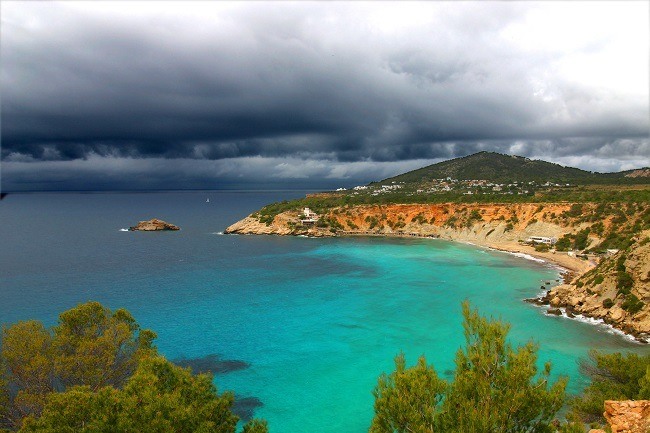
Ibiza receives a lot of international attention, mainly due to its nightlife.
In recent years, however, there has been a new tourist movement, mainly motivated by the fact that Ibiza’s government is strongly promoting a new vision for the island: the perfect place for quiet holidays, or even with family, a vision far away from the partying atmosphere typical of the island.
This has made it possible for the less-visited parts of the island to start receiving attention from tourists; even the history of the island has begun to interest many people.
For these reasons, we've compiled some of the best curiosities of Ibiza's island for those of you who want to get to know the White Island better.
What's in a Name?
Ibiza’s name has its origin with the Greek people, who gave it the name of Ybsm or Ebysos (Island of Pines) due to the large number of pine trees found on the island.
From there, the name has evolved across the years with influences from various cultures that inhabited it: Ebysos (by the Greeks), Ibosin (by the Phoenicians), Aivis (by the Romans), Yebisah (by the Iberians), and Eivissa (by the Catalans).
The Spanish-talking people of Spain gave the international name of Ibiza.
Size Matters
Ibiza's island is, even with its great size, one of the smallest islands in the world, with just 41 kilometers from the northern point to the southern and only 15 kilometers from east to west.
Because of this, it is pretty easy to visit the entire island in a short amount of time, a fact that’s made even easier by renting a bike to make the most of your vacation.
High Season
In 2012 the island had 133,702 inhabitants, but that number tripled during Summer, rising to 400,000 people on the island, mainly due to tourism and partying.
This seasonal influx continues year after year.
Salt for Centuries
In the past, the island was a great source of salt for the world.
For 25 centuries, the island has made a big profit by selling salt from its big deposits, giving more than 1,200 people work during its history.
According to the pirates that visited the island, there was so much salt on the island that they believed would never run out.
For Bookworms
Many writers have placed their books in the Balearic Islands, like Jules Verne with the Formentera Lighthouse of La Mola.
In the case of Ibiza, it was the Valencian writer Blasco Ibáñez, with his book “The Dead Order” in 1909, whose protagonist was a man who lived in the es Savinar tower, now known thanks to the novel as the Pirate’s Tower.
_______
This post was brought to you by Turbo Rent a Car.
This post was written by a guest contributor. Please reference the author's byline in the post above for more information. If you would like to guest post on Go Backpacking, please read our submission guidelines. For information on advertising opportunities, go here.
Planning a trip? Go Backpacking recommends:
- G Adventures for small group tours.
- Hostelworld for booking hostels.
